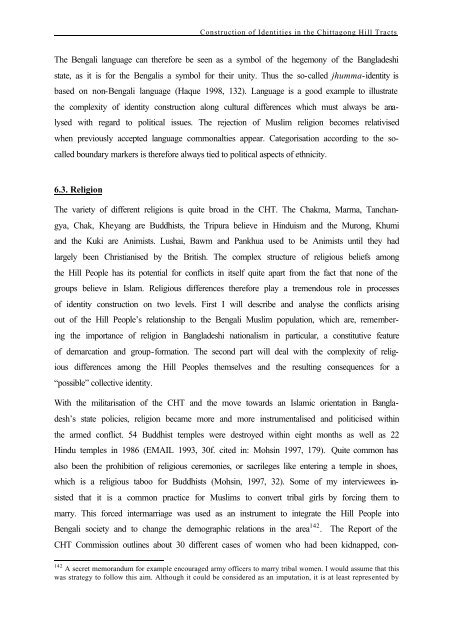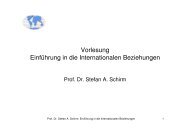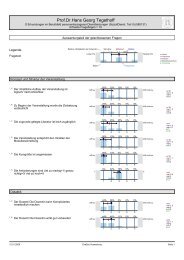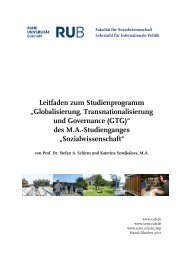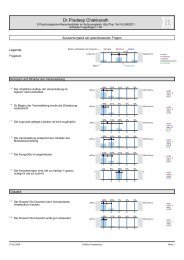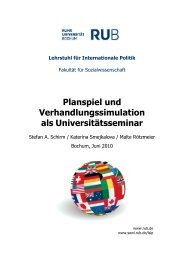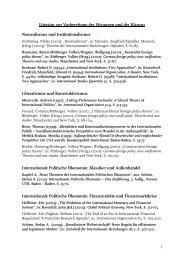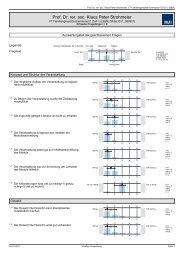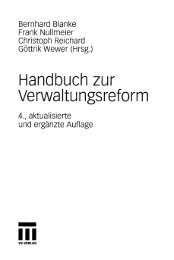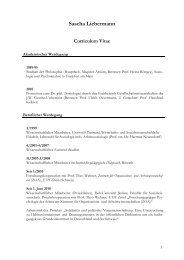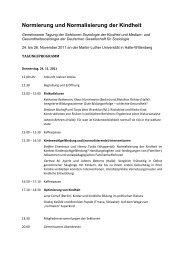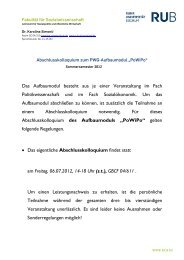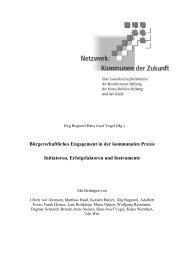Eva Gerharz: âThe Construction of Identities: The Case of the Chitta ...
Eva Gerharz: âThe Construction of Identities: The Case of the Chitta ...
Eva Gerharz: âThe Construction of Identities: The Case of the Chitta ...
You also want an ePaper? Increase the reach of your titles
YUMPU automatically turns print PDFs into web optimized ePapers that Google loves.
<strong>Construction</strong> <strong>of</strong> <strong>Identities</strong> in <strong>the</strong> <strong>Chitta</strong>gong Hill Tracts<br />
<strong>The</strong> Bengali language can <strong>the</strong>refore be seen as a symbol <strong>of</strong> <strong>the</strong> hegemony <strong>of</strong> <strong>the</strong> Bangladeshi<br />
state, as it is for <strong>the</strong> Bengalis a symbol for <strong>the</strong>ir unity. Thus <strong>the</strong> so-called jhumma-identity is<br />
based on non-Bengali language (Haque 1998, 132). Language is a good example to illustrate<br />
<strong>the</strong> complexity <strong>of</strong> identity construction along cultural differences which must always be analysed<br />
with regard to political issues. <strong>The</strong> rejection <strong>of</strong> Muslim religion becomes relativised<br />
when previously accepted language commonalties appear. Categorisation according to <strong>the</strong> socalled<br />
boundary markers is <strong>the</strong>refore always tied to political aspects <strong>of</strong> ethnicity.<br />
6.3. Religion<br />
<strong>The</strong> variety <strong>of</strong> different religions is quite broad in <strong>the</strong> CHT. <strong>The</strong> Chakma, Marma, Tanchangya,<br />
Chak, Kheyang are Buddhists, <strong>the</strong> Tripura believe in Hinduism and <strong>the</strong> Murong, Khumi<br />
and <strong>the</strong> Kuki are Animists. Lushai, Bawm and Pankhua used to be Animists until <strong>the</strong>y had<br />
largely been Christianised by <strong>the</strong> British. <strong>The</strong> complex structure <strong>of</strong> religious beliefs among<br />
<strong>the</strong> Hill People has its potential for conflicts in itself quite apart from <strong>the</strong> fact that none <strong>of</strong> <strong>the</strong><br />
groups believe in Islam. Religious differences <strong>the</strong>refore play a tremendous role in processes<br />
<strong>of</strong> identity construction on two levels. First I will describe and analyse <strong>the</strong> conflicts arising<br />
out <strong>of</strong> <strong>the</strong> Hill People’s relationship to <strong>the</strong> Bengali Muslim population, which are, remembering<br />
<strong>the</strong> importance <strong>of</strong> religion in Bangladeshi nationalism in particular, a constitutive feature<br />
<strong>of</strong> demarcation and group-formation. <strong>The</strong> second part will deal with <strong>the</strong> complexity <strong>of</strong> religious<br />
differences among <strong>the</strong> Hill Peoples <strong>the</strong>mselves and <strong>the</strong> resulting consequences for a<br />
“possible” collective identity.<br />
With <strong>the</strong> militarisation <strong>of</strong> <strong>the</strong> CHT and <strong>the</strong> move towards an Islamic orientation in Bangladesh’s<br />
state policies, religion became more and more instrumentalised and politicised within<br />
<strong>the</strong> armed conflict. 54 Buddhist temples were destroyed within eight months as well as 22<br />
Hindu temples in 1986 (EMAIL 1993, 30f. cited in: Mohsin 1997, 179). Quite common has<br />
also been <strong>the</strong> prohibition <strong>of</strong> religious ceremonies, or sacrileges like entering a temple in shoes,<br />
which is a religious taboo for Buddhists (Mohsin, 1997, 32). Some <strong>of</strong> my interviewees insisted<br />
that it is a common practice for Muslims to convert tribal girls by forcing <strong>the</strong>m to<br />
marry. This forced intermarriage was used as an instrument to integrate <strong>the</strong> Hill People into<br />
Bengali society and to change <strong>the</strong> demographic relations in <strong>the</strong> area 142 . <strong>The</strong> Report <strong>of</strong> <strong>the</strong><br />
CHT Commission outlines about 30 different cases <strong>of</strong> women who had been kidnapped, con-<br />
142 A secret memorandum for example encouraged army <strong>of</strong>ficers to marry tribal women. I would assume that this<br />
was strategy to follow this aim. Although it could be considered as an imputation, it is at least represented by


